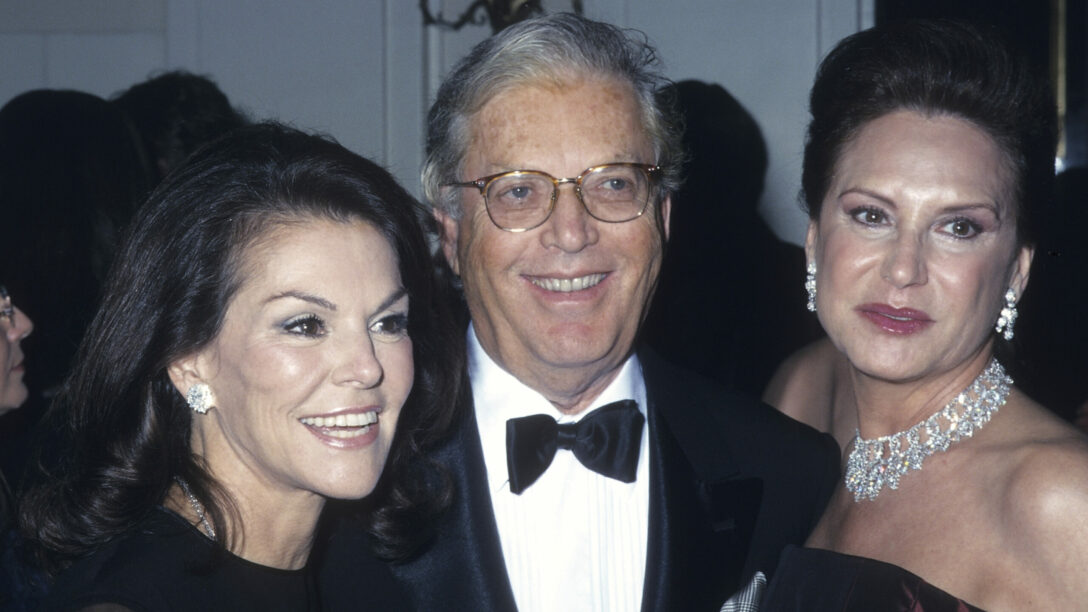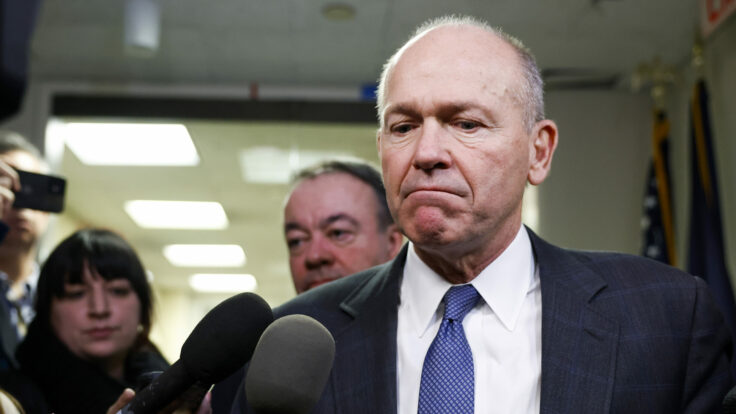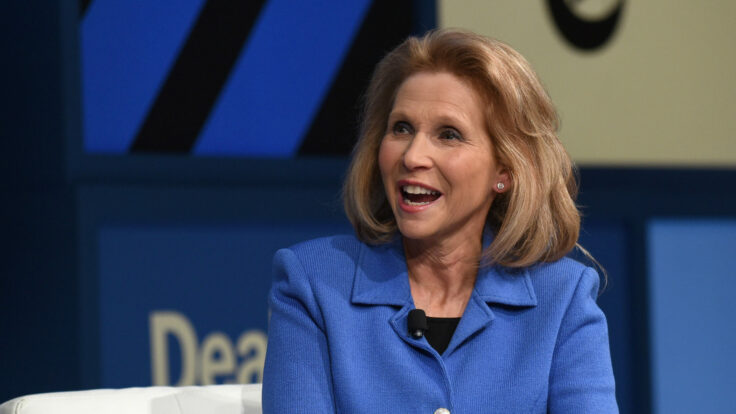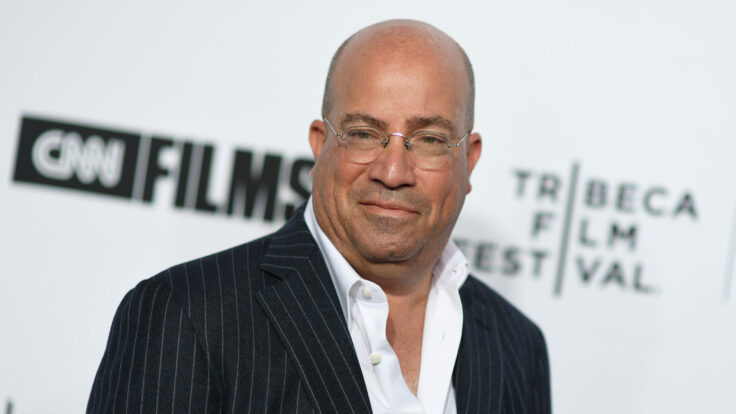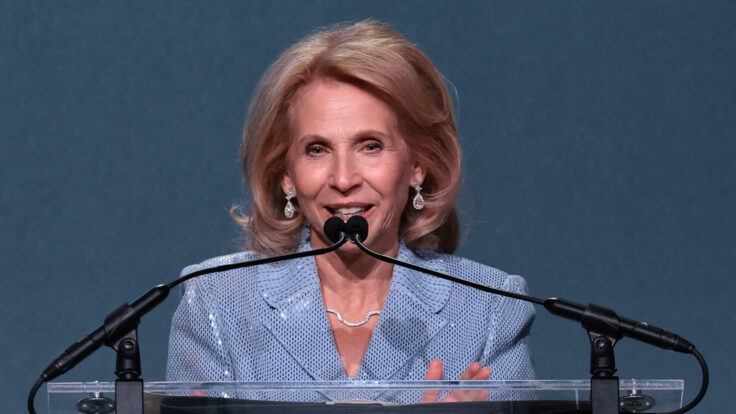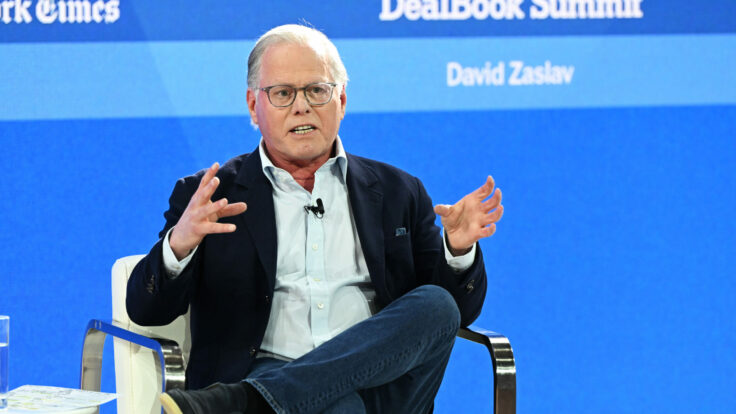When Bear Stearns ended up in the arms of JPMorgan Chase, on March 15, 2008, after a weekend of furious negotiations, the bank had come within a few hours of filing for bankruptcy. That was the stark choice facing the Bear board of directors: Either file for Chapter 11 or accept Jamie Dimon’s offer of $2 a share for the company. The board wisely chose Dimon’s offer, even though the stock had been as high as $172-a-share 14 months before.
The piddling offer for the whole company, worth barely more than the new Bear Stearns headquarters at 383 Madison Avenue, across the street from the JPMorgan Chase headquarters at 270 Park Avenue, was the safest solution for the Bear board. It required JPMorgan Chase to assume most of Bear’s liabilities—a not insignificant sum, it turned out—and allowed Bear’s creditors to get a bonanza, since its debt had been trading at around 30 cents on the dollar—reflecting the prospect of Bear’s bankruptcy—and now would get paid off at 100 cents on the dollar, based on JPMorgan Chase’s supposedly solid gold credit. For reasons that remain mysterious, but that have been blamed on the lawyers’ drafting errors, in the week after the March 15 agreement, JPMorgan Chase ended up increasing its offer for Bear Stearns to $10 a share and, just like that, Bear was gone.
